A - Z of the BBC Ten Pieces composers
John Adams - Short Ride in a Fast Machine
Short Ride in a Fast Machine was written for the opening of an American music festival and is a great example of minimalist music, using repeated patterns over a steady beat.

Kerry Andrew - No Place Like
No Place Like is about home and place. The song takes inspiration from words submitted by children, giving young people the opportunity to contribute to one of the Ten Pieces.

Grażyna Bacewicz – Overture
Polish composer Grażyna Bacewicz broke new ground as she continued writing music while war threatened to destroy her country.
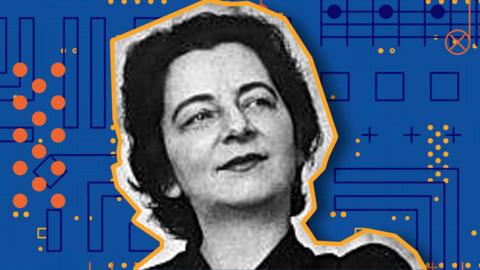
Johann Sebastian Bach - Toccata and Fugue in D minor
Bach's famous piece, originally for organ, is written in two sections: the Toccata, a free-form introduction and the second part - the Fugue - with complex overlapping repetitions of a main theme played alongside different counter-melodies.
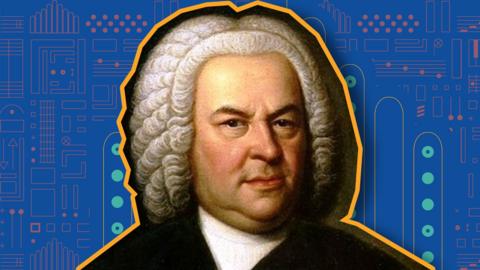
Mason Bates - Anthology of Fantastic Zoology – Sprite; A Bao A Qu
This piece is a musical palindrome, and just like a palindrome word is spelt the same forwards as it is backwards, the music sounds the same when played forwards or backwards!

Ludwig Van Beethoven - Symphony No. 5 (1st movement)
Beethoven's Symphony No. 5 contains one of the most famous motifs in musical history. Beethoven wrote this symphony when he was beginning to lose his hearing.
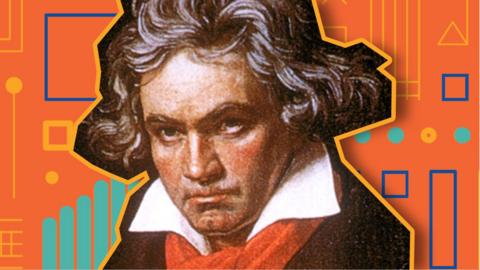
Sally Beamish - Haven from Seavaigers
Find out how a sea journey between Dundee and Shetland inspired Sally Beamish's piece 'Seavaigers', written for orchestra with solo harp and fiddle.
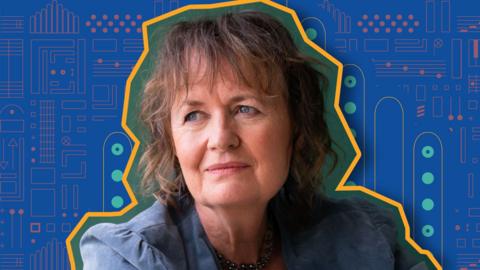
Leonard Bernstein - ‘Mambo’ from Symphonic Dances from 'West Side Story'
One of Bernstein's most popular works is a re-imagining of Shakespeare's famous tragedy 'Romeo and Juliet' into a New York gang warfare setting.
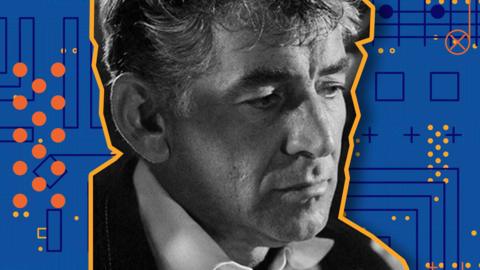
Georges Bizet - ‘Habanera’ and ‘Toreador Song’ from ‘Carmen Suite No. 2’
'Carmen' is light opera with a serious ending about a beautiful girl who works in a factory. The 'Habanera' and the 'Toreador Song' from the opera are now two of the best known of all operatic arias.
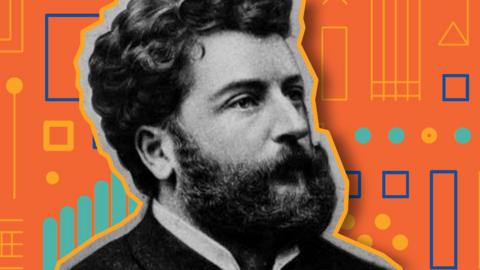
Joseph Bologne, Chevalier de Saint-Georges - Symphony No. 1 in G major – Allegro (1st mvt)
Saint-Georges was the first Classical composer of African ancestry and was a champion fencer, conductor and virtuoso violinist.
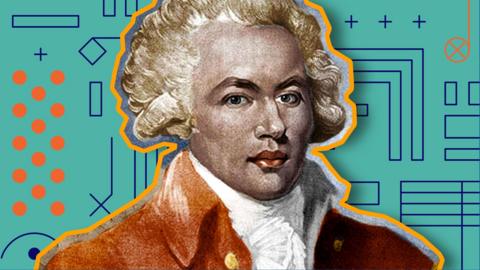
Johannes Brahms – Hungarian Dance No. 5 in G minor
Brahms was inspired by the folk music of Hungarian dances called csárdás. Listen out for each of the distinctive folk melodies.
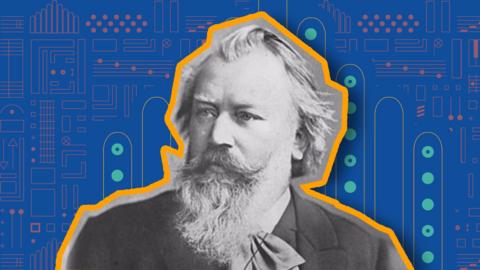
Benjamin Britten - ‘Storm’ Interlude from ‘Peter Grimes’
'Storm' is an orchestral interlude from Benjamin Britten's opera 'Peter Grimes' about a community struggling to make their living by the sea.
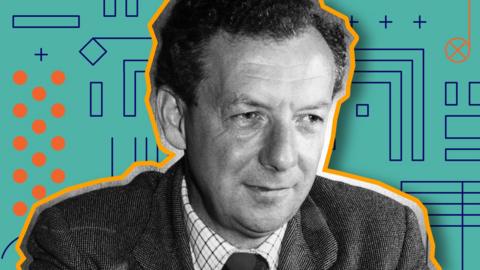
Margaret Bonds - March and Dawn from Montgomery Variations
Get to know two variations from Margaret Bond's 'Montgomery Variations', inspired by Rosa Parks and the Montgomery bus boycott that became a catalyst in the American civil rights movement.
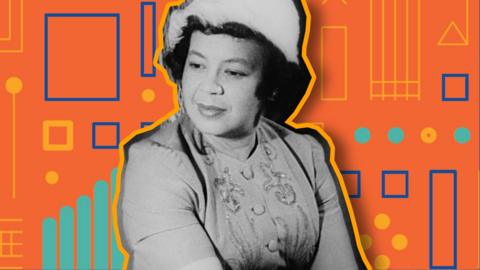
Lili Boulanger – D'un matin de printemps
Explore the busy, hopeful soundscape of spring created by the rhythms and dynamics of Lili Boulanger's D'un matin de printemps.
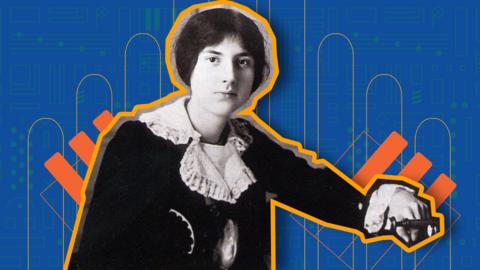
Anna Clyne - Night Ferry (extract)
When Anna Clyne settled on the idea of creating a piece about crossing a stormy ocean, she picked up a paint brush instead of writing music notes on paper and created a graphic score, laying out how she wanted her piece to sound by using swirls and sweeps of dark, violent colours.

Aaron Copland - Rodeo – Hoe-Down
Originally composed in 1942 for a ballet called Rodeo, the Hoe-Down features two American square dance tunes and fuses evocative music and dance.
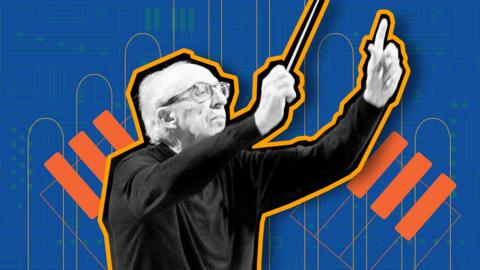
Delia Derbyshire – Doctor Who Theme (original theme by Ron Grainer)
Delia Derbyshire launched a whole new world of music into everyone’s living rooms when swapped traditional musical instruments for electronic sounds in her arrangement of the theme for one of the most famous TV shows ever: Doctor Who.
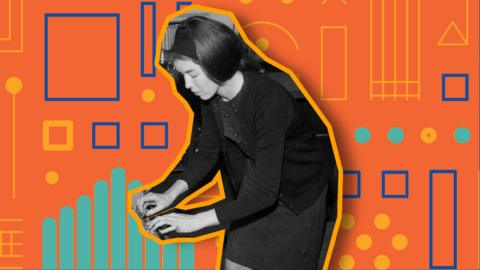
Antonín Dvořák - Symphony No. 9 in E minor, 'From the New World’ – Largo (2nd mvt)
Dvořák took inspiration from the folk music of his native Czech culture for his symphony which is all about place, discovering something new and experiencing new things.
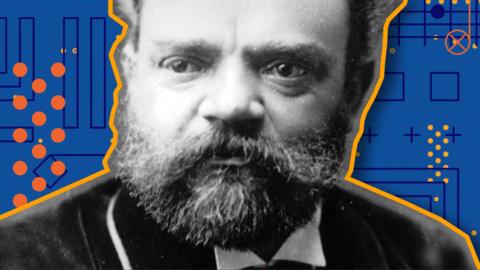
Edward Elgar - ‘Enigma’ Variations – Theme (‘Enigma’), variations 11, 6 & 7
Elgar's variations show how music can convey personality, an event, a memory or a moment in time.
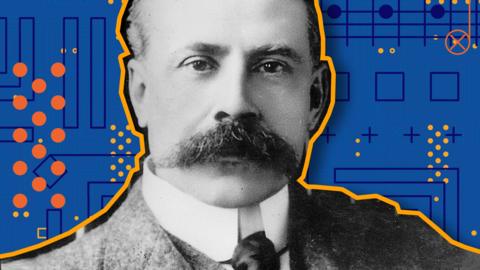
Reena Esmail - Sun Sundar Sargam
Learn about Reena Esmail's 'Sun Sundar Sargam' which draws on themes from Hindustani classical music and creates dreamy a conversation between sitar and singers.

George Gershwin – Rhapsody in Blue (excerpt)
Packed with Gershwin’s own dazzling piano solos, Rhapsody in Blue has become one of the most famous orchestral pieces of all time.
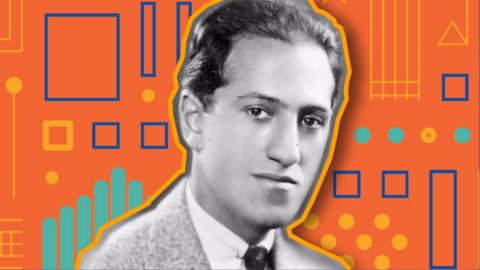
Edvard Grieg - In the Hall of the Mountain King from ‘Peer Gynt’
Young boy, Peer Gynt is chased by the trolls and runs into the troll King but eventually gets away.
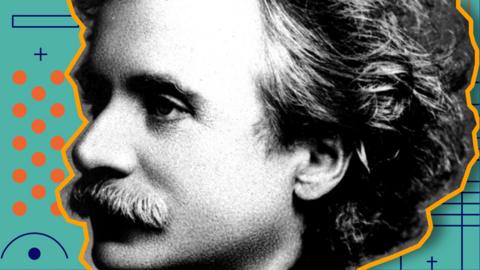
George Frideric Handel - Zadok the Priest
Handel wrote 'Zadok the Priest' for the coronation of King George II in 1727. Amazingly the piece has been performed at the coronation service of every British monarch ever since.
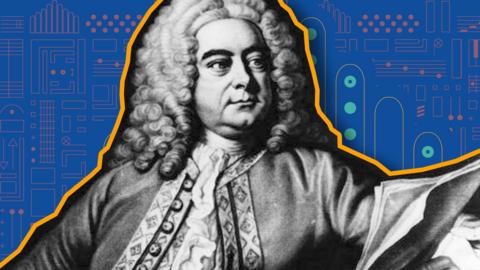
Joseph Haydn - Trumpet Concerto (3rd movement)
Haydn's Concerto for Trumpet in E flat was a ground-breaking addition to the trumpet repertoire.
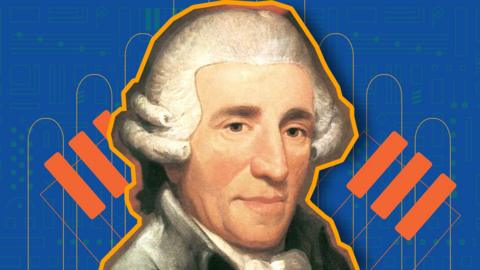
Hildegard of Bingen - O Euchari in leta via
The inspirational visions and soaring melodies of 'O Euchari in leta via' and other plainsong made Hildegard of Bingen an exceptional character in Medieval Germany.
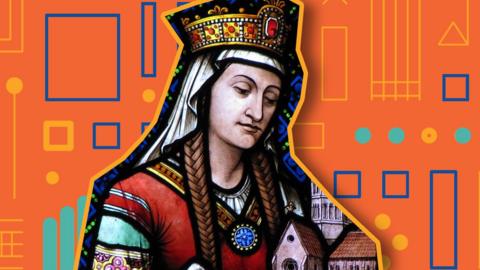
Gustav Holst -The Planets - Mars, the Bringer of War
Holst composed this piece in anticipation of the outbreak of World War One. It’s a march but an unusual one. Normally a march has 4 beats in a bar but Mars has 5 beats in a bar; tricky to march to!
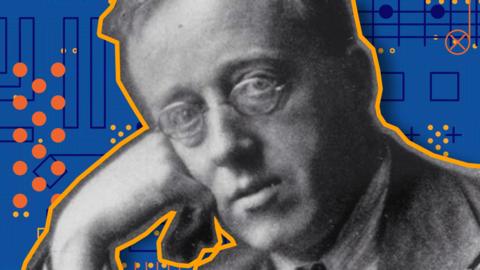
Cassie Kinoshi - the colour of all things constant
Explore Cassie Kinoshi's special commission for BBC Ten Pieces with words by poet Belinda Zhawi exploring themes of kindness.

Marianne von Martínez - Overture ('Sinfonie') in C major - Allegro con spirito (1st mvt)
Delve into the musical community and symphonic work of Marianne von Martinez, and the fast, lively tempo and melodies in the 1st movement of her 'Sinfonie' in C major.
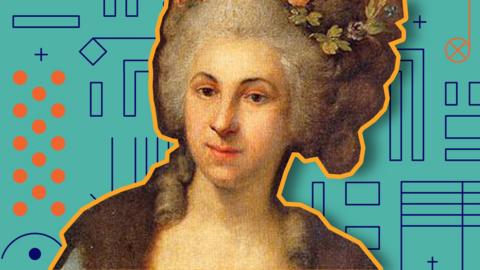
Anna Meredith - Connect It
Anna Meredith's body percussion piece 'Connect It' uses variety of rhythmic sounds and movements that are passed between the performers to create a canon.

Wolfgang Amadeus Mozart - Horn Concerto No. 4 (3rd movement)
Discover one of the 4 horn concertos written by one of the most famous composers of all time.
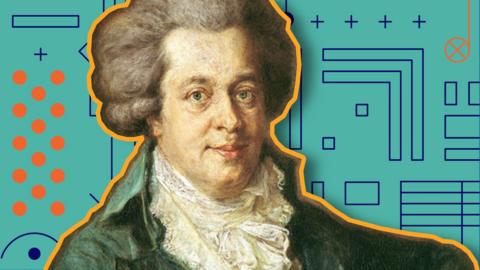
Modest Mussorgsky - A Night on the Bare Mountain
Night On The Bare Mountain describes a wild and terrifying witches' Sabbath on the Bald Mountain near Kiev in the old Russian Empire.

Carl Orff - Carmina burana – ‘O fortuna’
‘O fortuna’ is one of the most famous choral pieces in the world. The piece gives us a chance to meet Fortuna, the Roman Goddess of Fortune (also worshipped in Greek mythology) and transports us back to medieval times.

Florence Price – Symphony No. 1 in E minor (3rd mvt)
Classroom resources for Florence Price who overcame prejudice to become the first black female composer to have her work performed by a major orchestra.
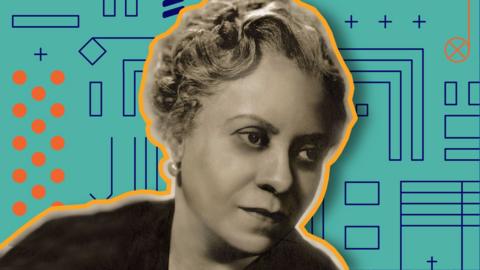
Gabriel Prokofiev - Concerto for Turntables and Orchestra (5th movement)
In this concerto, the turntable player used the sounds created by the orchestra and manipulates them, creating a battle of sounds.
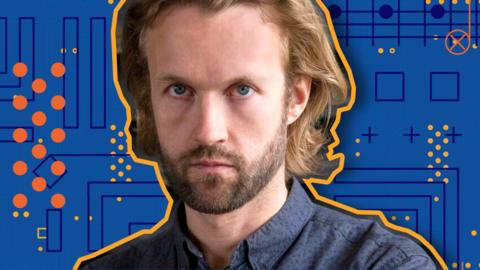
Henry Purcell - Abdelazer – Rondeau
Henry Purcell's Abdelazer suite takes us back to the theatres and masques (presentations of poetry, dance and music) of the late 17th Century.
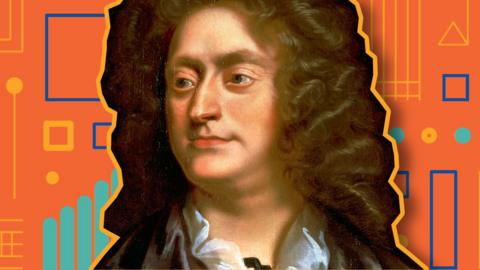
Steve Reich – Music for 18 Musicians (excerpt)
Steve Reich mixed together his classical training with his love of African drumming, jazz and pop music, and helped to invent a whole new form of music: minimalism.
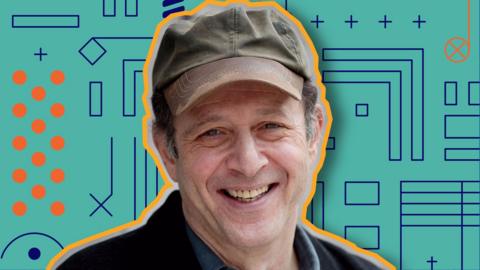
Ravi Shankar – Symphony – Finale: Banjara (excerpt)
In his Symphony Ravi Shankar explores this passion using the traditional instruments of a large Western orchestra.
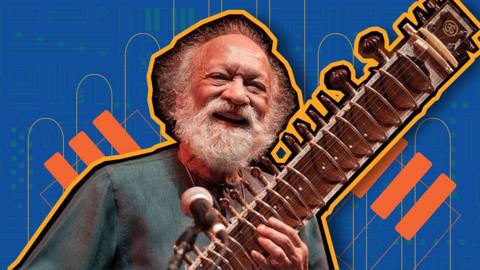
Laura Shigihara - Grasswalk from Plants vs. Zombies
Discover Laura Shigihara's 'Grasswalk' from the game Plants vs Zombies including the composer's methods and styles for writing music for video games.

Dmitri Shostakovich - Symphony No. 10 (2nd movement)
Shostakovich's creativity was restricted by Stalin's regime but when Stalin died, the composer was able to develop his creative freedom and depicted Stalin in his 10th symphony.
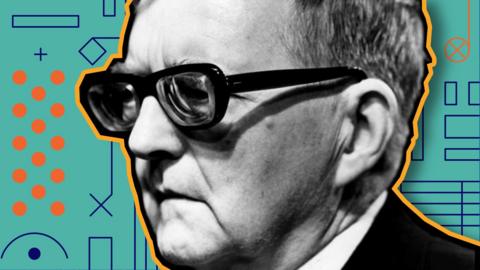
Jean Sibelius - Finlandia
Finlandia is a tone poem – music that portrays a particular story. It was written in protest against the increasing censorship by the Russian Empire which was taking place in the late 19th Century.
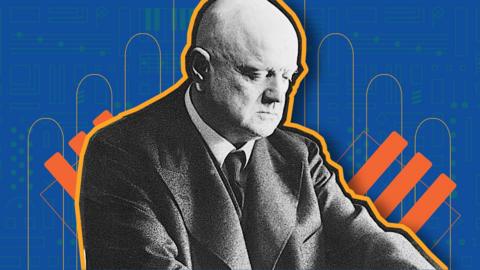
Igor Stravinsky - The Firebird - suite (1911 version) - Finale
Stravinsky's piece is based on a Russian folk tale about a magical glowing bird that Prince Ivan is searching for.
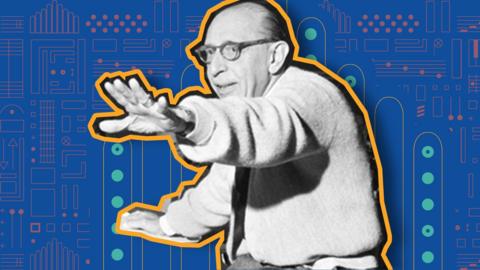
Pyotr Ilyich Tchaikovsky - The Nutcracker - Trepak (Russian Dance); Waltz of the Flowers
The story of The Nutcracker and the Mouse King was transformed into a magical ballet in 1892 - and it is now a Christmas favourite.
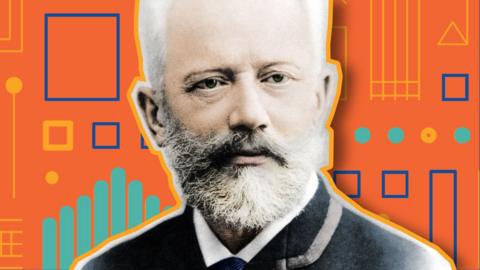
Ralph Vaughan Williams - The Lark Ascending
The Lark Ascending was inspired by a poem of the same name by George Meredith, which tells the tale of a skylark singing an impossibly beautiful, almost heavenly, song.
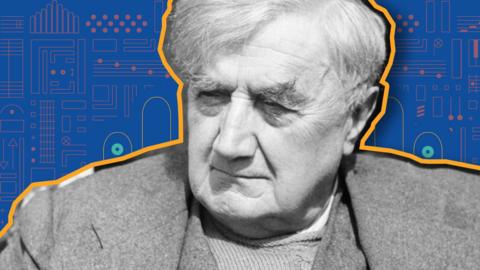
Giuseppe Verdi - Requiem - ‘Dies Irae’; ‘Tuba Mirum’
'Dies Irae' and 'Tuba Mirum' are sections of a larger piece of religious music called 'Requiem'. Dies Irae is Latin for 'Day of Wrath' and it tells of a person coming before God to receive judgement at the end of their mortal life.
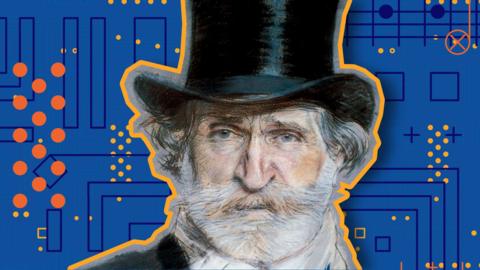
Heitor Villa-Lobos – Bachianas brasileiras No. 2 - Toccata (The Little Train of the Caipira) (finale)
Villa-Lobos uses the sounds of the orchestra to create an image of The Little Train with instruments, rhythms and melodies of his home, Brazil.

Antonio Vivaldi – The Four Seasons - Winter (Allegro non molto, 1st mvt)
Vivaldi was one of the first people to compose music that was designed to remind listeners of places and things in the world around them.
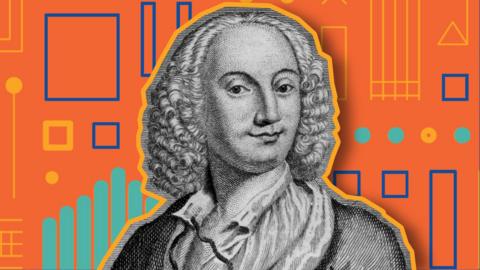
Richard Wagner - ‘Ride of the Valkyries’ from ‘Die Walküre’
Ride of the Valkyries comes at the beginning of Act 2 of Wagner's epic opera Die Walküre, the second of four operas that make up Der Ring des Nibelungen. The opera cycle took 27 years to compose and takes over 15 hours to perform!
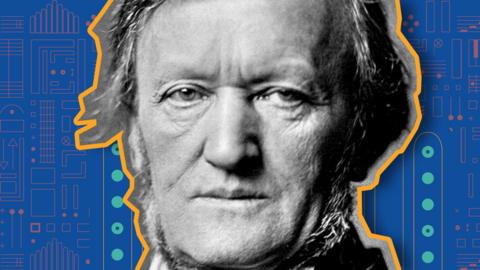
Errollyn Wallen - Mighty River
Explore the themes, rhythms and textures of Errollyn Wallen's piece 'Mighty River' which commemorates the abolition of slavery in the UK.

Judith Weir - Storm - Magic
Learn about Judith Weir's inspiration for the magical sounds heard in her depiction of Shakespeare's The Tempest in her composition called 'Storm'.
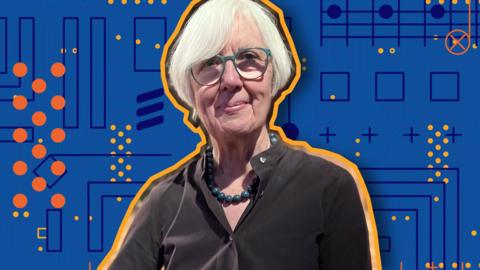
Hans Zimmer – Earth
Zimmer uses driving rhythms, hypnotic chord patterns and electronic samples to create unique and powerful soundtracks that have influenced a whole generation of musicians.
